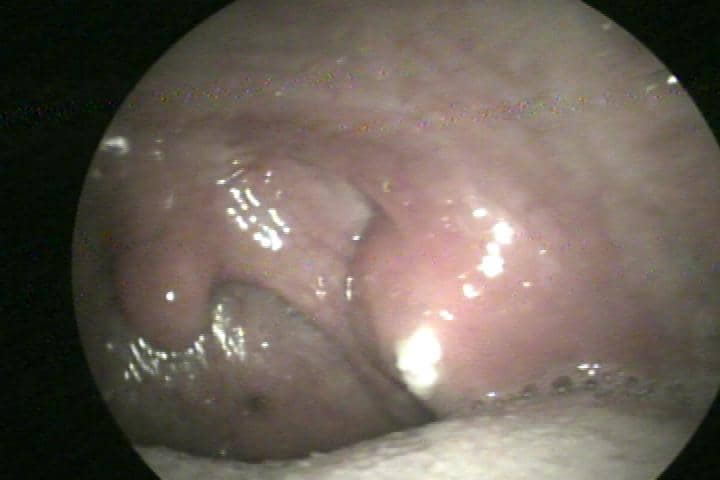What are Tonsil Stone’s
Also known as tonsilloliths, these are small lumps of hard material that form in the crypts of the tonsils. They are often mistaken for an acute infection of the tonsils due to their appearance. While they are a common and usually harmless condition, they can cause chronic bad breath and tonsil pain, as well as other symptoms such as earaches, coughs, and sore throats.
Tonsilloliths are caused by the irregular surfaces of the tonsils, which contain deep crypts and craters that can trap bacteria and food particles. Over time, these substances can become compacted and harden into stones.
At-home measures for removing these include gargling salt water, which can help dislodge the stones from the tonsil crevices. This method can also be beneficial for improving overall oral hygiene.
For some patients, removal by a specialist may be necessary. This may involve a procedure called a tonsillectomy, which involves the removal of the tonsils.
Preventative measures include regular gargling after meals, maintaining good oral hygiene, and staying hydrated. While these measures may not prevent tonsil stones from forming completely, they can help reduce the likelihood of developing them and improve overall oral health.


Trackbacks/Pingbacks